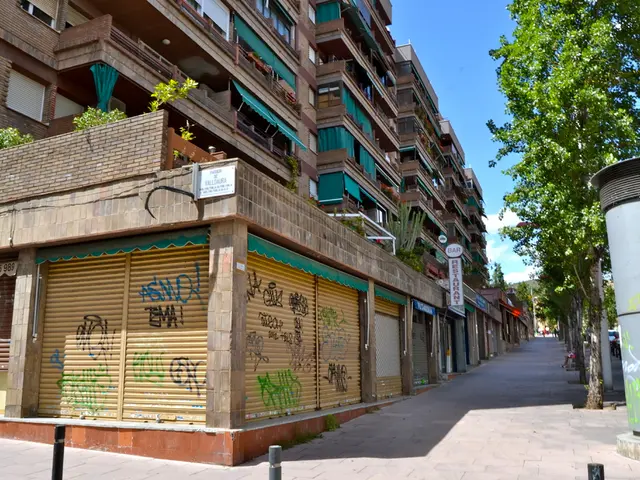Acapulco's Global Prominence at its Peak
=========================================================================================
The Manila-Acapulco trade route, active from the early 1500s to the late 1700s, marked a pivotal moment in history by establishing the first global trade network that connected Asia, the Americas, and Europe. This remarkable trade route served as a conduit for valuable Asian goods, including Chinese silk, porcelain, perfumes, Indian cotton fabrics, and precious stones, to be transported from Manila in the Philippines to Acapulco in Mexico.
Economically, the trade route was a lifeline for Spain’s Philippine colony, fostering Manila's emergence as one of the world’s major ports and centers of commerce. The annual transportation of goods on the galleons significantly enriched Spanish merchants and the empire’s treasury by facilitating the flow of valuable Asian commodities into Europe via the Americas. In return, the return voyage carried vast quantities of Mexican silver back to Manila, linking American mineral wealth to Asian markets and fueling global monetary circulation.
The Manila galleons were the biggest ships of their time, often weighing up to 2,000 tons. To cram as much cargo as possible into every available space, goods were tightly sealed on board. The Acapulco fair, dominated by agents representing the big wholesalers in Mexico City and Puebla, was a significant event where these goods were traded. Occasionally, the fair would be delayed to coincide with religious festivals.
The port of Acapulco was selected as the American terminus for the Manila trade, while the shipyard in Acapulco prepared the galleon for the return journey, which might only be ten weeks away. No goods could leave Acapulco until the fair closed. Officers from the galleon were allowed to bring quality goods ashore and seek their own buyers.
The trade route had some adverse effects on economic development in the Philippines, as Spanish capital primarily focused on speculation in imported Asian goods rather than local productive enterprises. Additionally, the Philippine economy’s reliance on the yearly galleon meant that disasters such as shipwrecks or pirate attacks could plunge the colony into severe economic depression.
On a global scale, the Manila galleon trade marked the first sustained, direct commercial exchange connecting all four hemispheres and multiple continents, effectively integrating diverse peoples, cultures, and economies for over two centuries. Manila became a cosmopolitan hub, hosting a vast array of ethnic groups and traders from Europe, Africa, India, China, Japan, and the Americas. This cultural and commercial melting pot illustrated the early globalization of trade networks in the 16th century and beyond.
The wealth created by the galleon trade became so expansive it might have swamped the Spanish economy. In the early 1570s, the Spanish in the Philippines were able to purchase goods from Chinese junks, allowing them to send a consignment of Asian luxury items to Mexico. From 1593, Spain struggled to impose control over the trade, decreeing the amount of silver that could be exported each year and restricting transportation to one single vessel.
In conclusion, the Manila-Acapulco trade route was vital for the Spanish economy by facilitating lucrative commerce in Asian goods and Mexican silver, while it reshaped global trade by creating the world’s first global trading network, advancing cross-cultural exchange, and demonstrating early economic globalization during the 16th century. This pioneering trade route, which lasted for over three centuries, continues to be acknowledged by UNESCO as a significant milestone in the history of global trade.
References:
- Manila-Acapulco Trade
- Manila-Acapulco Galleon Trade
- Manila-Acapulco Galleon Trade: A Historical Overview
- The Manila-Acapulco trade route, a historical milestone, served as a conduit for Asian goods and Mexican silver, creating the first global trading network.
- The Manila-Acapulco galleon trade fostered Manila's growth as a major port and commercial center in the 16th century.
- The acclaimed Acapulco fair was a significant event in this trade route, where goods from Asia were traded with Mexican goods, usually during religious festivals.
- The wealth generated from the Manila-Acapulco galleon trade had adverse effects on the Philippine economy, with Spanish capital mainly focused on imported Asian goods.
- The trade route's reliance on the yearly galleon made the Philippine economy vulnerable to disasters such as shipwrecks or pirate attacks.
- Today, the Manila-Acapulco trade route is recognized by UNESCO as a significant milestone in the history of global trade and an example of early economic globalization.




